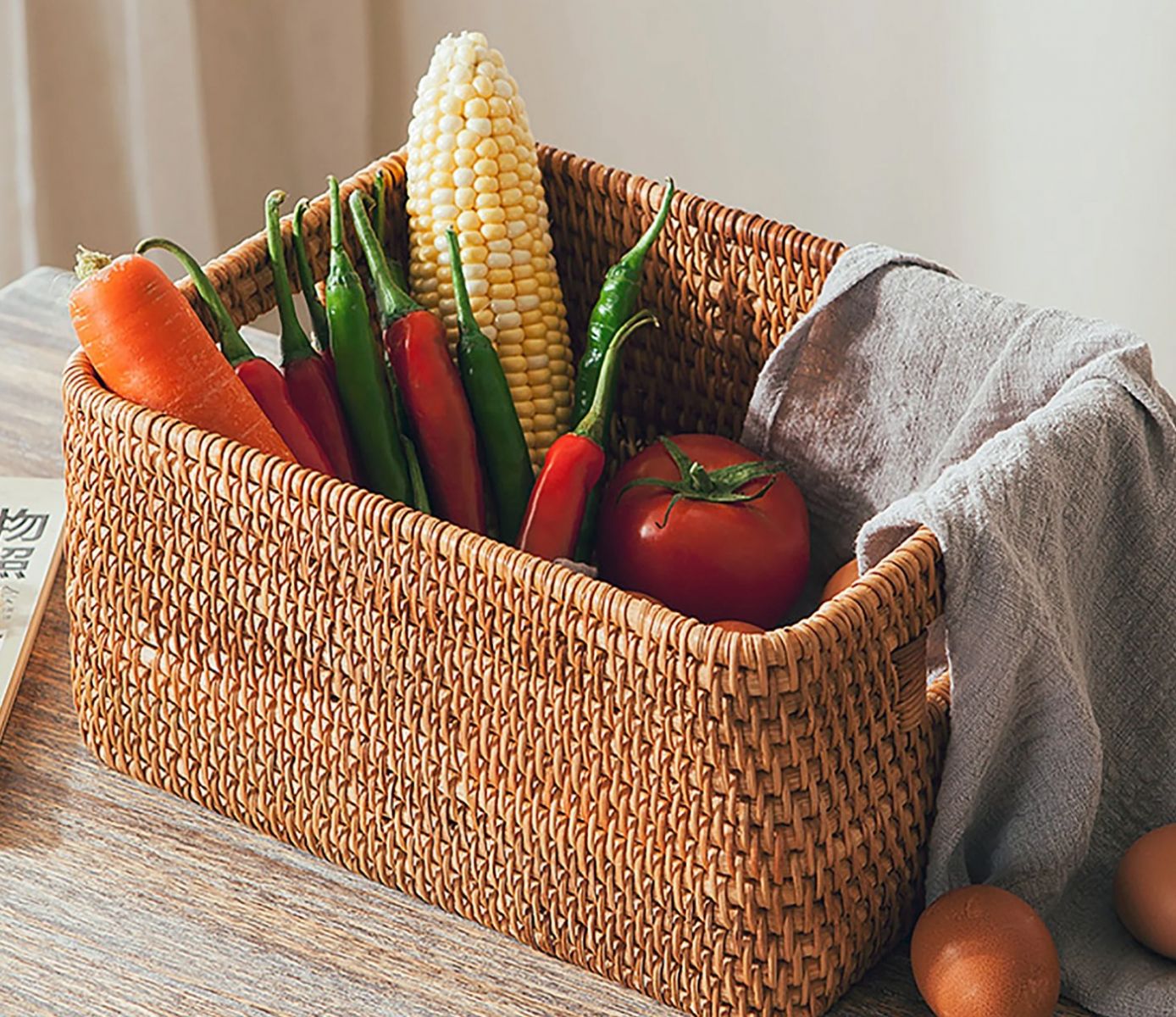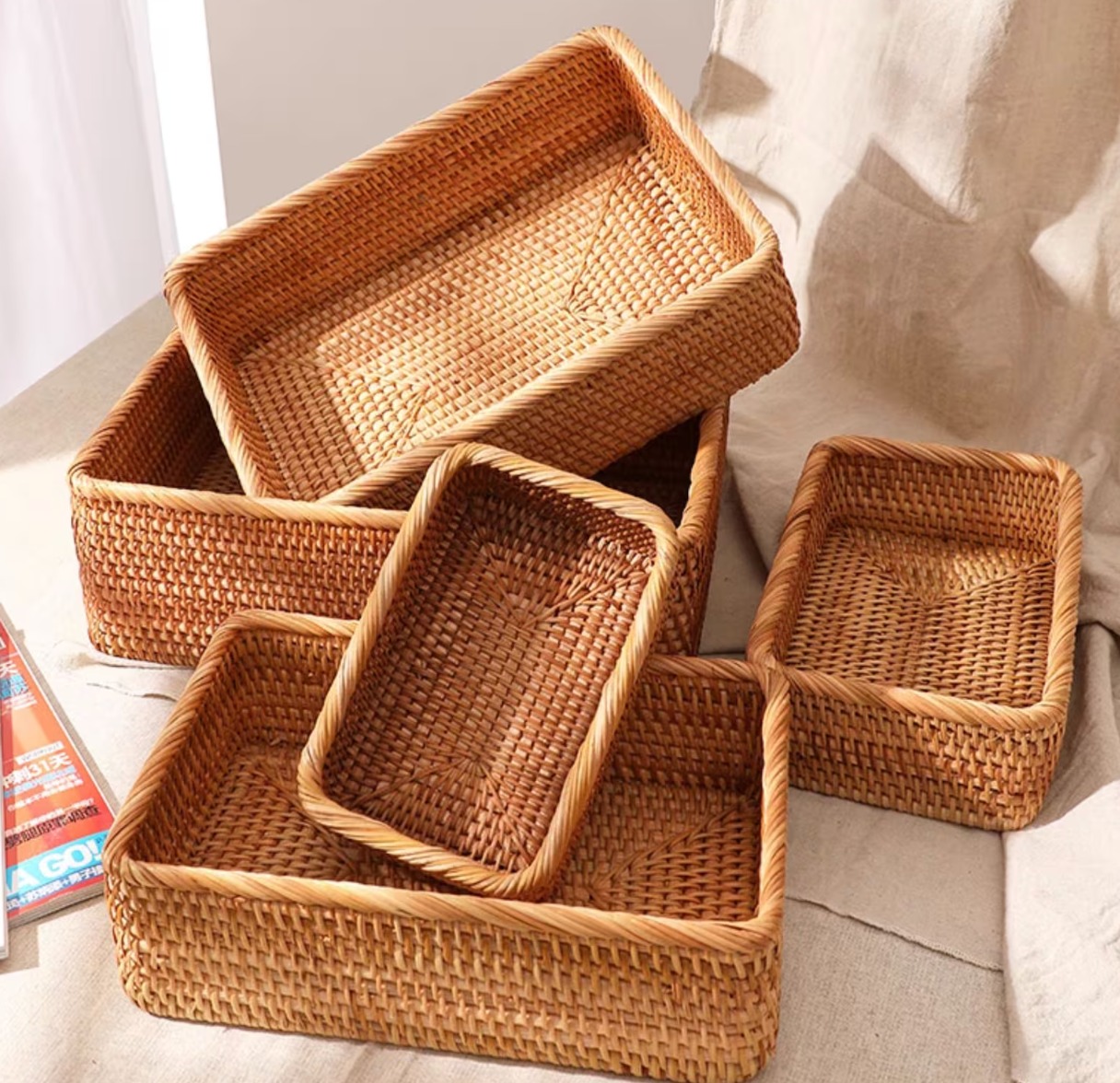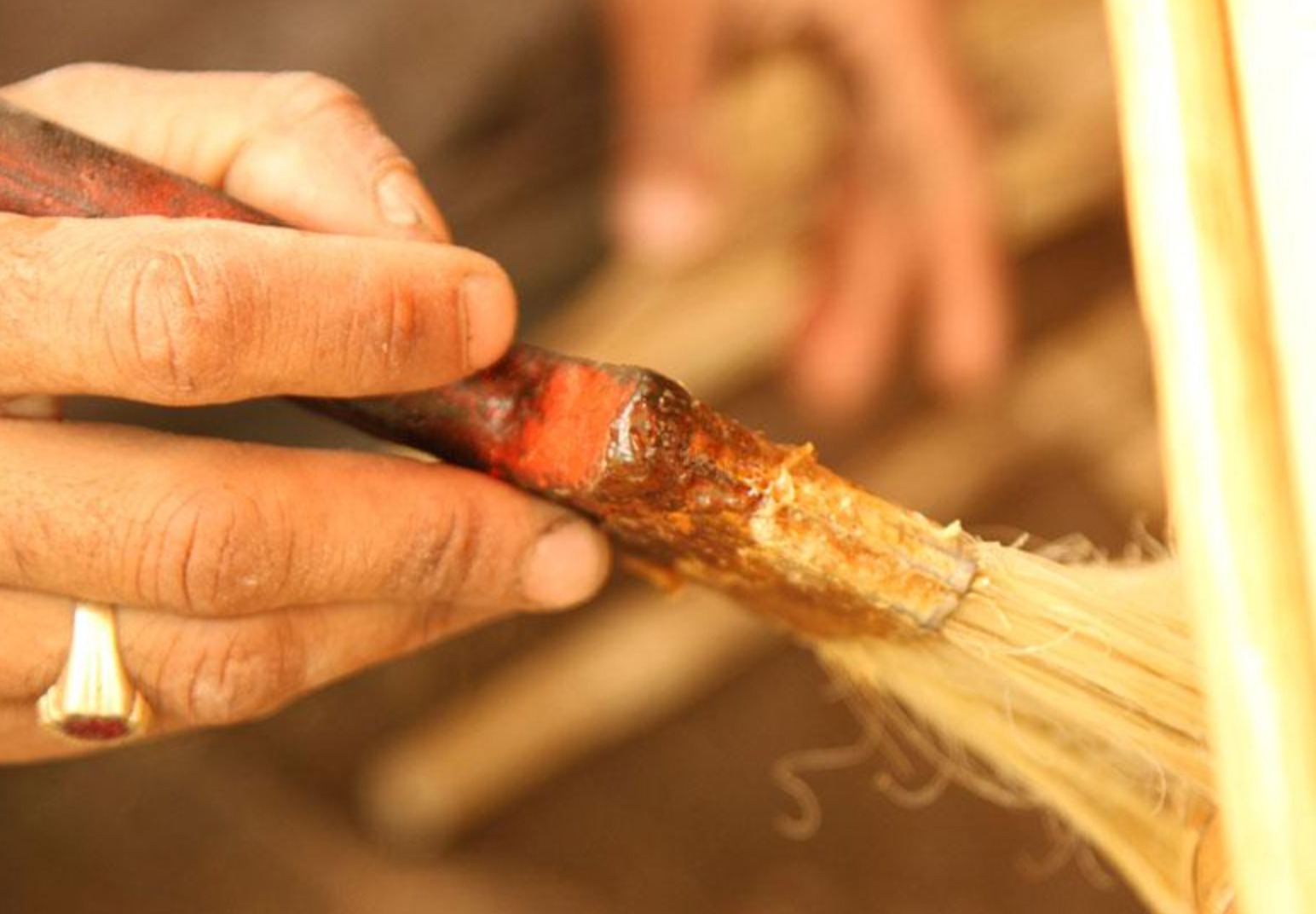Woven baskets are beloved for their rustic charm, eco-friendliness, and versatility. Whether used for home decor, storage, or display, baskets made from natural materials like rattan, bamboo, or seagrass add a warm, handmade touch to any space. However, these handicraft baskets are also vulnerable to mold, especially in humid or poorly ventilated conditions. If you've discovered your rattan basket has developed a musty smell or mold spots, don’t worry—there’s a safe and simple solution.
As a leading Vietnam handicraft supplier, King Craft Viet company brings you a comprehensive guide on how to clean, restore, and preserve your woven baskets—so you can continue to enjoy their beauty for years to come.

Why Do Woven Baskets Develop Mold?
Natural materials such as rattan and seagrass are porous, which means they absorb moisture from the air. In tropical or damp climates, this moisture can become trapped, creating an ideal environment for mold to thrive. Baskets that are stored in closed spaces without adequate airflow—such as closets or basements—are especially prone to mold growth.
This is why it's crucial to take proactive steps to care for your baskets properly. Choosing high-quality baskets from reputable producers like King Craft Viet, a well-known Vietnam handicraft manufacturer and Vietnam handicraft exporter, ensures better material treatment and longer-lasting products.

Step 1: Bring Your Basket Outdoors and Let It Dry Naturally
Sunlight and fresh air are natural mold inhibitors. Begin the cleaning process by taking your woven basket outside to dry thoroughly. Place it in a shaded, well-ventilated area to prevent the sun from over-drying or cracking the fibers.
Allow it to sit for several hours, rotating occasionally to ensure all sides are evenly aired. This helps evaporate trapped moisture and reduce the mold’s ability to spread.
Tip: Avoid placing the basket in direct sunlight for too long, as this can weaken and discolor the natural fibers.
Step 2: Clean with Natural, Non-Toxic Solutions
Once dry, it’s time to clean. Start by gently brushing away visible mold using a soft-bristle brush or clean cloth. Then choose one of the following natural cleaning agents:
-
White Vinegar Solution: Mix equal parts white vinegar and warm water in a spray bottle. Lightly mist the basket and gently wipe it down.
-
Baking Soda Paste: Sprinkle baking soda on moldy spots and scrub gently with a damp cloth.
These methods are safe for handicraft baskets and effective at killing mold spores without damaging the material or introducing harsh chemicals.
Avoid bleach or heavy-duty cleaners, as they can discolor and weaken delicate rattan baskets.

Step 3: Final Drying and Storage Tips
After cleaning, it's crucial to let the basket dry completely to avoid mold returning. Air-dry in a shaded, breezy location for several hours or overnight.
To maintain freshness and prevent mold in the future:
-
Keep baskets in dry, open spaces.
-
Use moisture absorbers like silica gel or charcoal in closed cabinets.
-
Regularly inspect baskets for signs of mold, especially in rainy seasons.
-
Consider wiping your baskets monthly with a dry cloth or lightly spraying with essential oils such as tea tree or eucalyptus for added antimicrobial protection.
Bonus Tip: For decorative baskets, rotate their position in your home to allow even airflow and prevent stagnant conditions.

Why Quality Matters: Invest in Handcrafted Baskets from King Craft Viet
Not all baskets are created equal. Low-quality imports may skip essential drying or treatment processes, making them more prone to mold. At King Craft Viet company, we take pride in being a trusted Vietnam handicraft manufacturer that uses well-treated, sustainably sourced materials in every product.
Our woven baskets, rattan baskets, and seagrass designs are:
-
Handcrafted by experienced artisans in Vietnamese craft villages
-
Inspected for moisture content and treated to reduce mold risks
-
Available in bulk for retailers, hotels, resorts, and interior designers worldwide
Whether you’re sourcing for home organization, gift packaging, or eco-friendly decor, we offer customizable handicraft wholesale solutions to fit every need.
Visit our Alibaba store or contact us for export support and consultation.
Conclusion: Keep Your Handicraft Baskets Beautiful and Mold-Free
Caring for your woven basket is simple when you follow a few easy steps. By drying, cleaning gently, and storing wisely, you can enjoy your basket’s natural beauty and functionality for years. And when you're ready to expand your collection or need bulk supply, King Craft Viet, a leading Vietnam handicraft exporter, is here to help.
Choose craftsmanship. Choose sustainability. Choose King Craft Viet.



